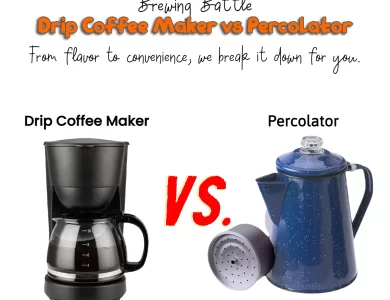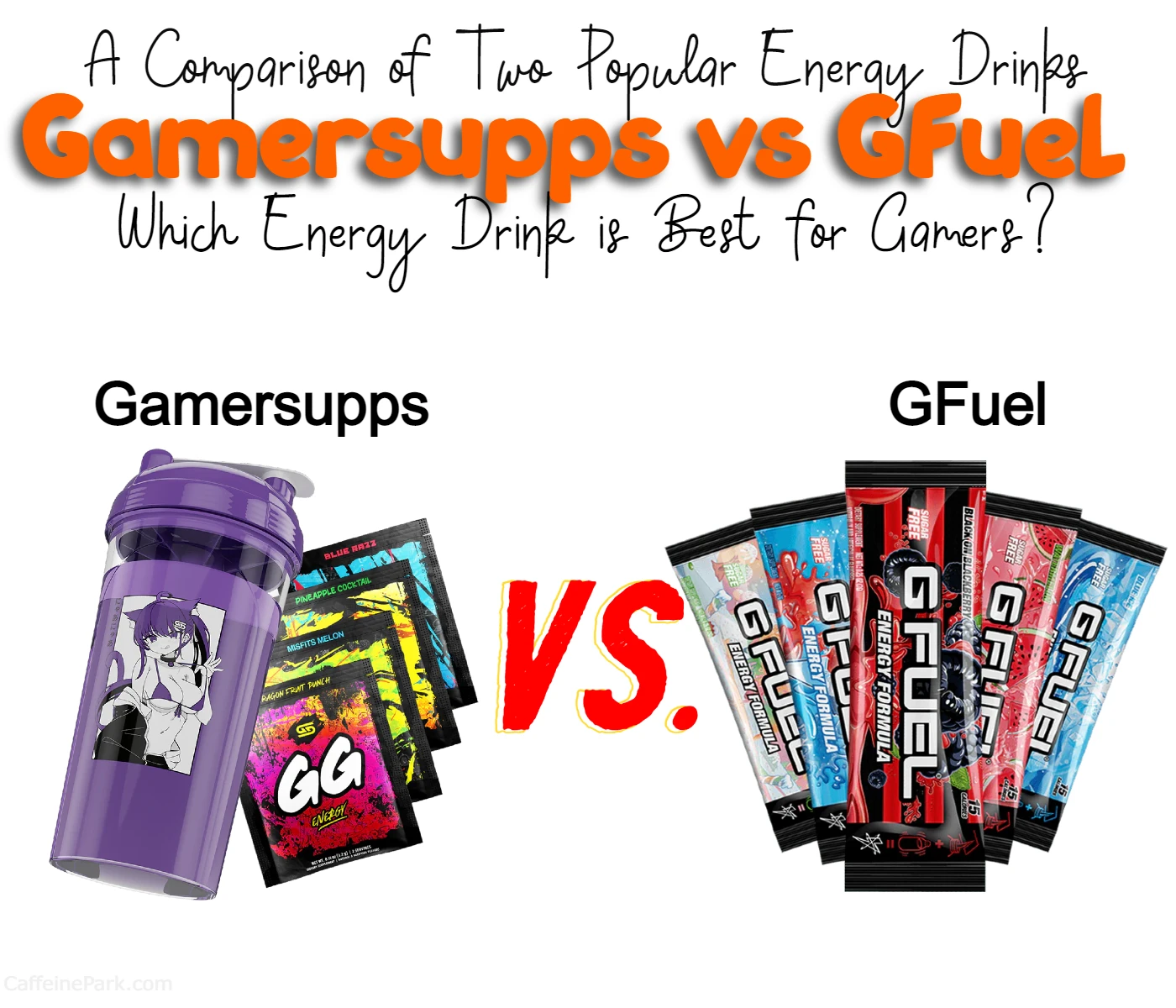
From the vibrant streets of America to the enchanting landscapes of Europe, Fanta has charmed taste buds across the globe with its effervescent charm. But did you know that Fanta’s fizzy fun takes on unique twists on opposite sides of the Atlantic? Oh yes! So, buckle up your taste buds and get ready to embark on a tantalizing journey through the world of Fanta! From a kaleidoscope of flavors to variations in sweetness levels, packaging styles, and even cultural connections, we’ll uncover it all. So, without further ado, let’s dive in and uncover the bubbling secrets that set Fanta US and Fanta Europe apart!
Below is a comprehensive table summarizing the key differences between Fanta in the United States and Fanta in Europe:
| Aspect | Fanta US | Fanta Europe |
|---|---|---|
| Flavor Varieties | Fanta Orange, Fanta Grape, Fanta Pineapple, Seasonal and Limited-Edition Flavors | Fanta Exotic (Germany), Fanta Lemon (Spain), Fanta Shokata (Elderflower and Lemon) (Poland), Fanta Green Apple (Italy), and many more, reflecting regional tastes and preferences. |
| Sweetness Level | Generally sweeter to align with American taste preferences. | Milder sweetness profile, appealing to European consumers who prefer a balanced taste. |
| Sweeteners Used | High Fructose Corn Syrup (HFCS) | Sucrose (Table Sugar), Glucose-Fructose Syrup, Stevia, Aspartame, and other sugar alternatives, depending on local regulations and preferences. |
| Packaging and Bottle Sizes | 12-ounce cans, 20-ounce bottles, 2-liter bottles, Multi-packs | Bottle sizes may vary (e.g., 330ml, 500ml, 1.5-liter), with glass bottles still popular in some European countries. |
| Marketing and Branding | Emphasizes youthful energy, vibrancy, and fun, often collaborating with events and influencers. | Tailored to local cultures, highlighting diverse flavors and connections to local traditions and heritage. |
| Availability of Zero/Diet Variants | Fanta Zero and Diet variants are widely available to cater to health-conscious consumers. | Fanta Zero and Diet variants are available but may vary in popularity depending on local preferences. |
| Ingredients and Formulation | Compliant with U.S. FDA regulations, contains carbonated water, HFCS or other sweeteners, natural and artificial flavors, and preservatives. | Compliant with European Food Safety Authority (EFSA) regulations, contains carbonated water, sugars or sweeteners, fruit juice concentrates, natural flavorings, and acidity regulators. |
| Cultural Relevance and Local Adaptations | Associated with American pop culture and leisure activities. | Cherished as a beloved beverage in Europe, with flavors reflecting local tastes and ingredients. |
Differences Between Fanta in the US and Europ
Flavor Varieties
Fanta US: The United States is known for its diverse array of flavors, and Fanta doesn’t disappoint. In the US, you’ll find an extensive range of flavors, including classic favorites like Fanta Orange, Fanta Grape, and Fanta Pineapple. Additionally, there are seasonal and limited-edition flavors that pop up from time to time, catering to the ever-changing taste preferences of consumers.
Fanta Europe: European Fanta, on the other hand, takes the concept of flavor variety to a whole new level. In Europe, Fanta offers an astonishing range of exotic and unique flavors that cater to the regional tastes of various countries. You might encounter intriguing options like Fanta Exotic in Germany, Fanta Lemon in Spain, Fanta Shokata (Elderflower and Lemon) in Poland, or Fanta Green Apple in Italy. This diverse selection of flavors reflects the rich cultural tapestry of the continent, delighting taste buds with each sip.
Table 1: Popular Flavors in Fanta US and Fanta Europe
| Fanta US | Fanta Europe |
|---|---|
| Fanta Orange | Fanta Exotic (Germany) |
| Fanta Grape | Fanta Lemon (Spain) |
| Fanta Pineapple | Fanta Shokata (Elderflower and Lemon) (Poland) |
| Seasonal and Limited-Edition Flavors | Fanta Green Apple (Italy) |
Sweetness Level
Fanta US: One of the noticeable distinctions between Fanta in the US and its European counterpart lies in the sweetness level. Generally, Fanta in the United States tends to be sweeter compared to its European version. This variance in sweetness aligns with the American preference for beverages with a slightly higher sugar content.
Fanta Europe: In contrast, Fanta in Europe is often perceived as having a milder sweetness profile. European consumers typically lean toward beverages that offer a balanced taste, highlighting the natural flavors of the drink without overwhelming the taste buds with excessive sweetness.
The difference in sweetness level can be attributed to various factors, including the varying regulations on sugar content and consumer preferences in different regions.
Sweeteners Used
Fanta US: In the United States, the most commonly used sweetener in Fanta and other soft drinks is high fructose corn syrup (HFCS). HFCS is a sweetening agent derived from corn and is widely used in the American food and beverage industry. It is an economical option and helps to enhance the overall sweetness of the drink.
Fanta Europe: Conversely, Fanta in Europe often uses different sweeteners, and the usage of HFCS may be less prevalent compared to the US. Instead, you may find European versions of Fanta utilizing sucrose (table sugar), glucose-fructose syrup, or other sugar alternatives like stevia or aspartame. The choice of sweetener may vary from country to country, depending on local regulations and consumer preferences.
Table 2: Common Sweeteners in Fanta US and Fanta Europe
| Fanta US | Fanta Europe |
|---|---|
| High Fructose Corn Syrup (HFCS) | Sucrose (Table Sugar) |
| Glucose-Fructose Syrup | |
| Stevia | |
| Aspartame |
Packaging and Bottle Sizes
Fanta US: In the United States, Fanta is widely available in various packaging formats, catering to consumers’ different needs. You can find Fanta in the classic 12-ounce cans, 20-ounce bottles, 2-liter bottles, and even in larger multi-packs. The packaging is often designed with vibrant and eye-catching graphics to appeal to the American market.
Fanta Europe: Packaging in Europe may vary from country to country, and the bottle sizes might differ as well. In some European countries, you might encounter 330ml or 500ml bottles, while in others, 1.5-liter bottles could be more prevalent. Additionally, glass bottles are still a popular choice for Fanta in Europe, adding a touch of nostalgia and sustainability to the brand.
Table 3: Common Packaging Formats in Fanta US and Fanta Europe
| Fanta US | Fanta Europe |
|---|---|
| 12-ounce cans | 330ml bottles |
| 20-ounce bottles | 500ml bottles |
| 2-liter bottles | 1.5-liter bottles |
| Multi-packs | Glass bottles |
Marketing and Branding
Fanta US: The marketing and branding of Fanta in the US focus on youthful energy, vibrancy, and fun. The brand often collaborates with popular events, influencers, and celebrities to engage with their target audience. The advertisements are designed to evoke a sense of joy and excitement, targeting teens and young adults in particular. The campaigns emphasize the refreshing and adventurous aspects of the drink, making it an ideal companion for various social occasions.
Fanta Europe: In Europe, Fanta’s marketing strategy may vary depending on the region and cultural nuances. European campaigns often highlight the drink’s diverse flavor offerings and its connection to local traditions and tastes. The brand may also emphasize Fanta’s long history and legacy in certain markets, appealing to consumers’ sense of nostalgia.
Availability of Fanta Zero or Diet Variants
Fanta US: In the United States, Fanta Zero or Diet variants are widely available to cater to health-conscious consumers. Fanta Zero offers the same fizzy and fruity experience but with reduced or no sugar content, making it an appealing choice for those looking to cut back on their calorie intake.
Fanta Europe: Similarly, Fanta Zero or Diet variants are available in various European countries as well. However, their popularity may vary depending on local preferences and market demand. Some European regions may have a wider selection of sugar-free options, while others may primarily offer the regular, full-sugar Fanta variants.
Ingredients and Formulation
Fanta US: The ingredients used in Fanta in the United States comply with the regulations set by the U.S. Food and Drug Administration (FDA). The beverage typically contains carbonated water, high fructose corn syrup or other sweeteners, natural and artificial flavors, and preservatives.
Fanta Europe: In Europe, Fanta’s formulation aligns with the regulations of the European Food Safety Authority (EFSA) and the specific guidelines of each country’s food authority. The ingredients list might vary depending on the flavors and local regulations, but it generally includes carbonated water, sugars or sweeteners, fruit juice concentrates, natural flavorings, and acidity regulators.
Cultural Relevance and Local Adaptations
Fanta US: Fanta holds a significant place in American pop culture, particularly among the younger generation. It is often associated with leisure, social gatherings, and vibrant moments. Over the years, Fanta has become a familiar sight at parties, picnics, and other events, ingraining itself into American lifestyle and consumer habits.
Fanta Europe: In Europe, Fanta’s cultural significance also runs deep, and it is cherished as a beloved beverage in many countries. However, what sets it apart is the brand’s ability to adapt and cater to local tastes. European Fanta flavors often reflect traditional fruit flavors and popular regional ingredients, connecting with consumers on a more personal and cultural level.
As we conclude this delightful journey comparing Fanta in the United States and Fanta in Europe, we find ourselves appreciating the nuances that make each version unique. The sheer variety of flavors, sweetness levels, and packaging options, combined with the cultural relevance and marketing approach, showcases how Fanta has adeptly positioned itself as a beloved fizzy beverage worldwide. So, whether you’re enjoying the bold sweetness of Fanta US or savoring the diverse array of flavors in Fanta Europe, one thing is certain – Fanta will continue to bring joy and refreshment to people’s lives, one bubbly sip at a time!
FAQs
Yes, indeed! Fanta in the United States offers a range of classic flavors like Orange, Grape, and Pineapple, along with seasonal and limited-edition options. In contrast, Fanta in Europe boasts an extensive selection of unique and regional flavors, such as Exotic, Lemon, Shokata (Elderflower and Lemon), and Green Apple, catering to diverse taste preferences.
Generally, Fanta in the United States tends to be sweeter to align with American taste preferences, while Fanta in Europe offers a milder sweetness profile, appealing to European consumers who prefer a more balanced taste.
In the United States, Fanta primarily uses High Fructose Corn Syrup (HFCS) as a sweetener. In Europe, the sweeteners used may vary, including Sucrose (Table Sugar), Glucose-Fructose Syrup, Stevia, Aspartame, and other sugar alternatives, depending on local regulations and preferences.
Yes, there are variations in packaging between the two regions. In the US, Fanta is available in 12-ounce cans, 20-ounce bottles, 2-liter bottles, and multi-packs. In Europe, you might find different bottle sizes like 330ml, 500ml, and 1.5-liter, with glass bottles still being popular in certain countries.
Fanta’s marketing strategy varies to suit local preferences and cultures. In the US, it emphasizes youthful energy, vibrant visuals, and often collaborates with events and influencers. In Europe, the focus is on showcasing diverse flavors and connecting with local traditions and heritage.
Yes, both Fanta US and Fanta Europe offer Zero or Diet variants to cater to health-conscious consumers. However, their popularity may vary depending on local preferences and market demand.
Absolutely! While Fanta holds cultural relevance in both the US and Europe, the flavors and marketing approach often reflect local tastes and traditions. European Fanta, in particular, showcases unique flavors that resonate with regional cultural preferences.
In the United States, Fanta contains carbonated water, HFCS or other sweeteners, natural and artificial flavors, and preservatives. In Europe, the formulation complies with European Food Safety Authority (EFSA) regulations and may include carbonated water, sugars or sweeteners, fruit juice concentrates, natural flavorings, and acidity regulators.
While some flavors may be available in both the US and Europe, there are significant differences in the variety of flavors offered between the two regions. Fanta in Europe, with its diverse range, often features flavors unique to specific countries or regions.
Read More:
Source:





